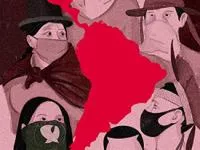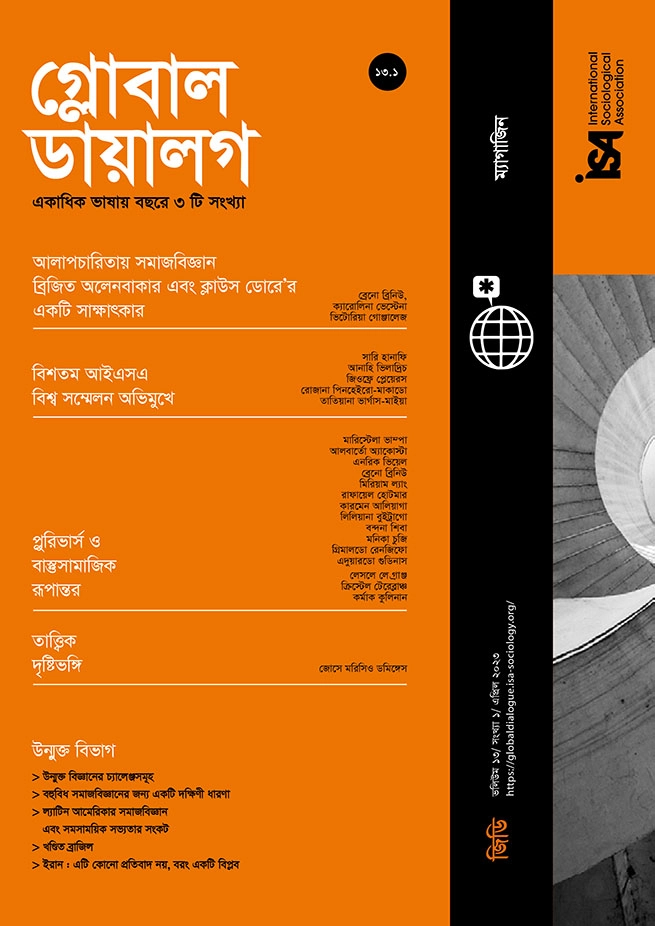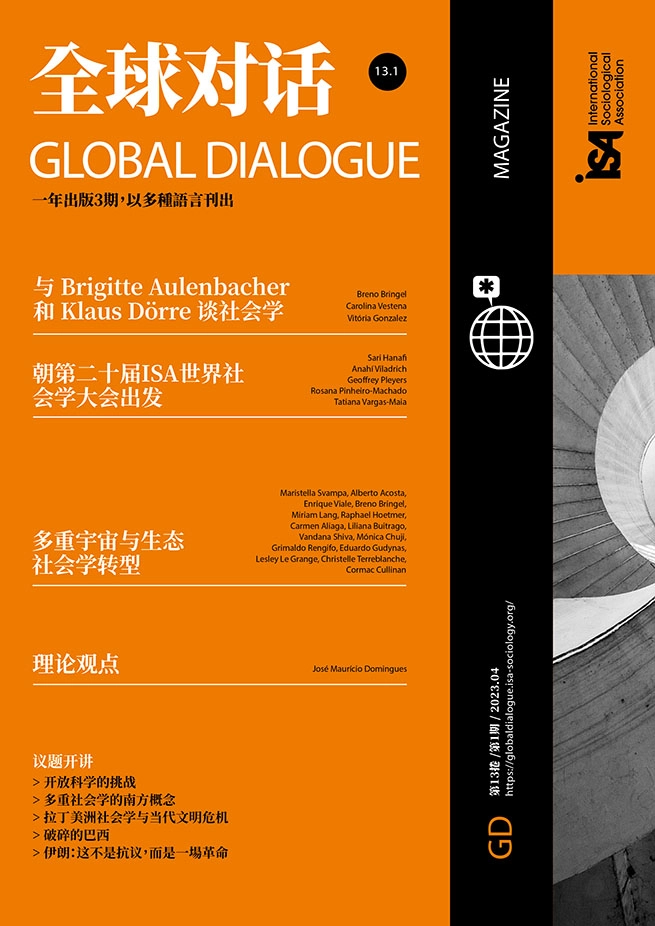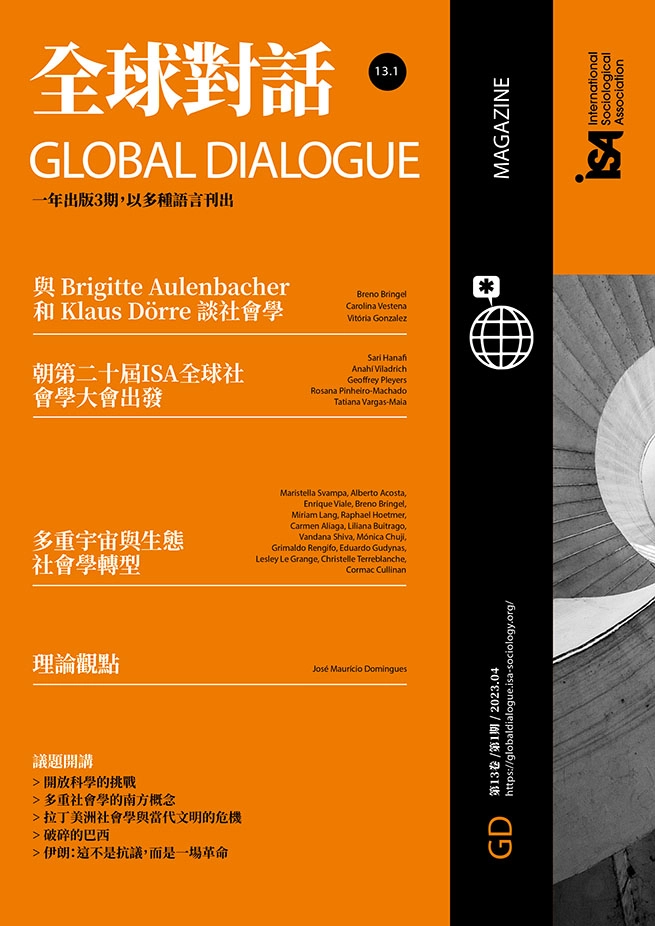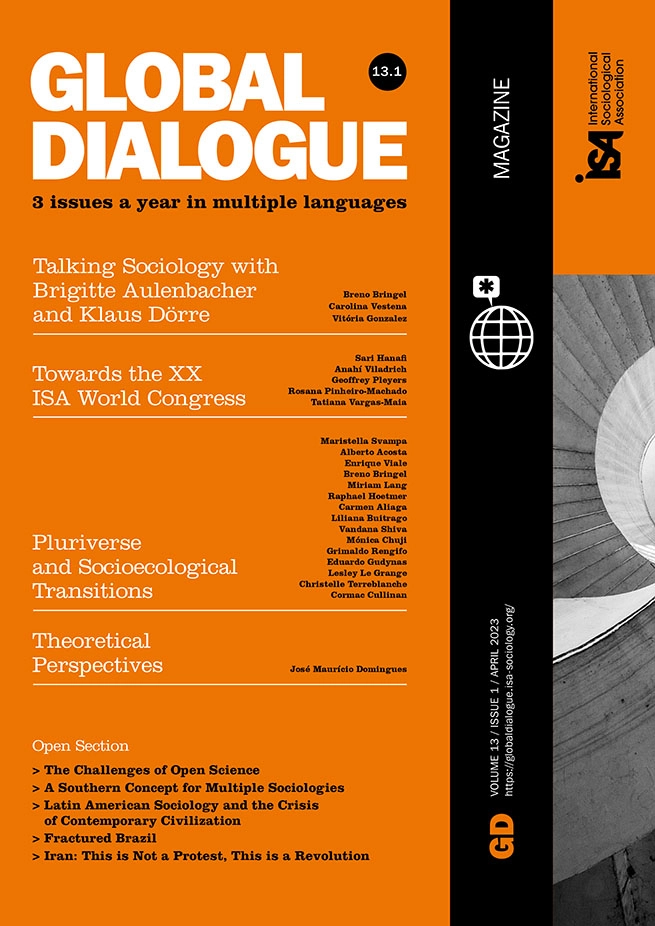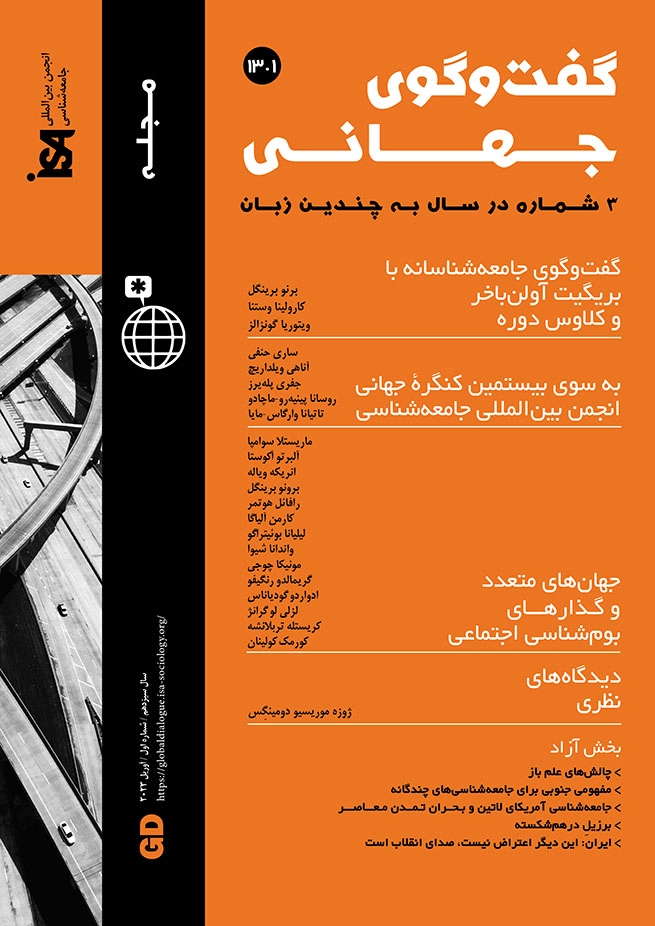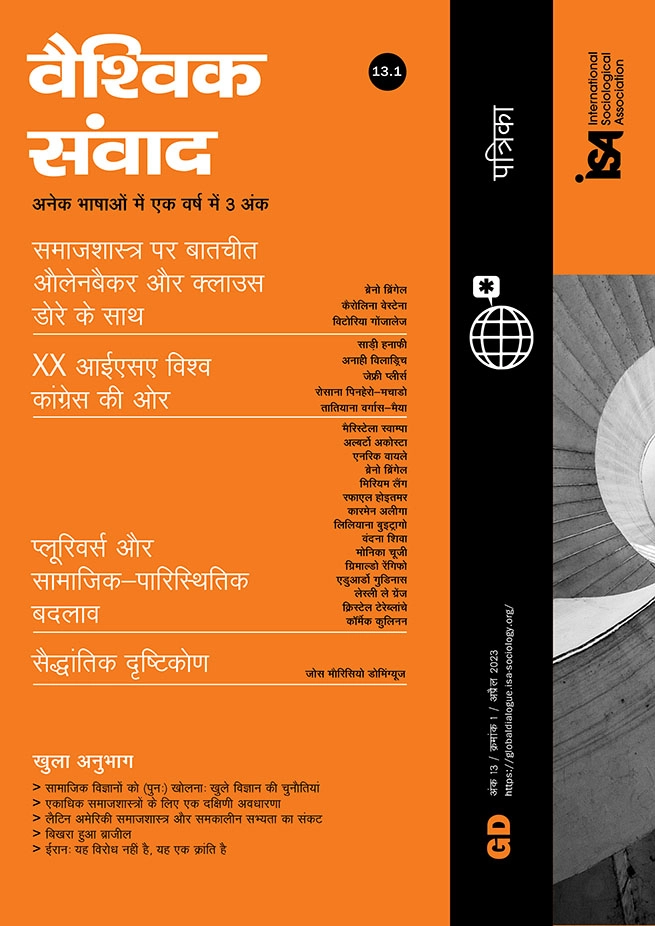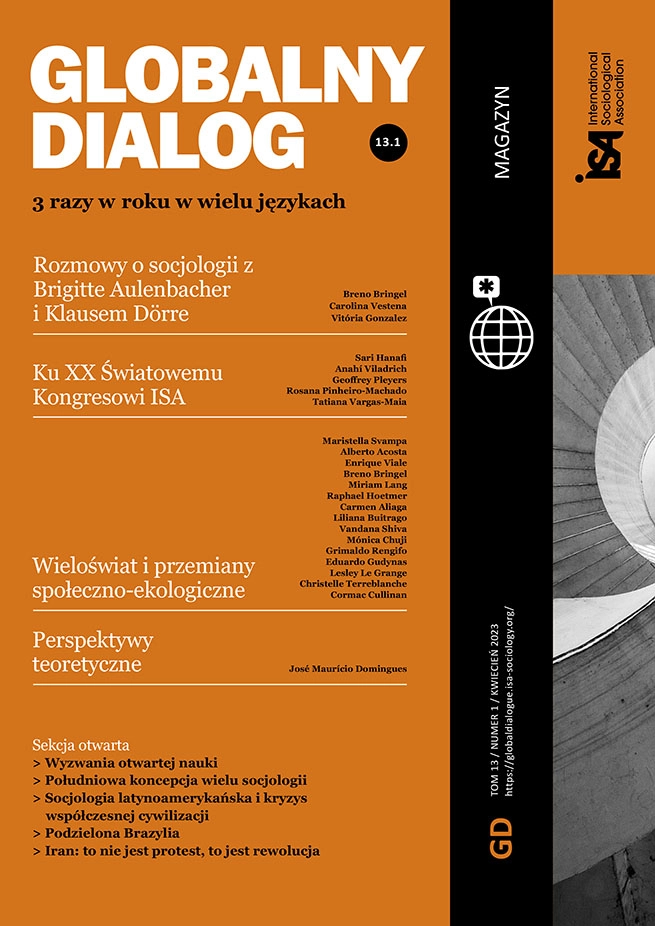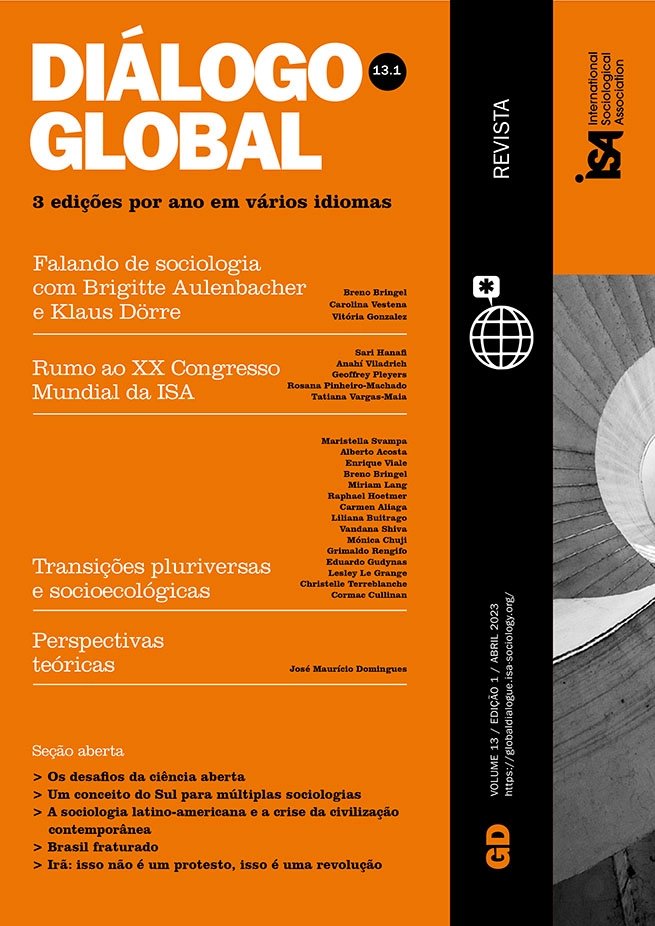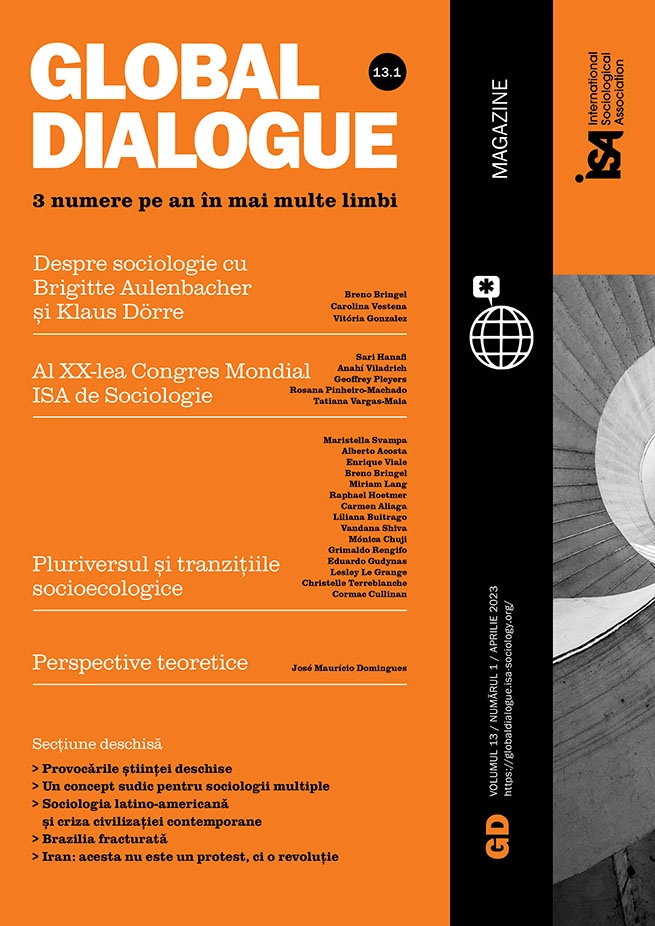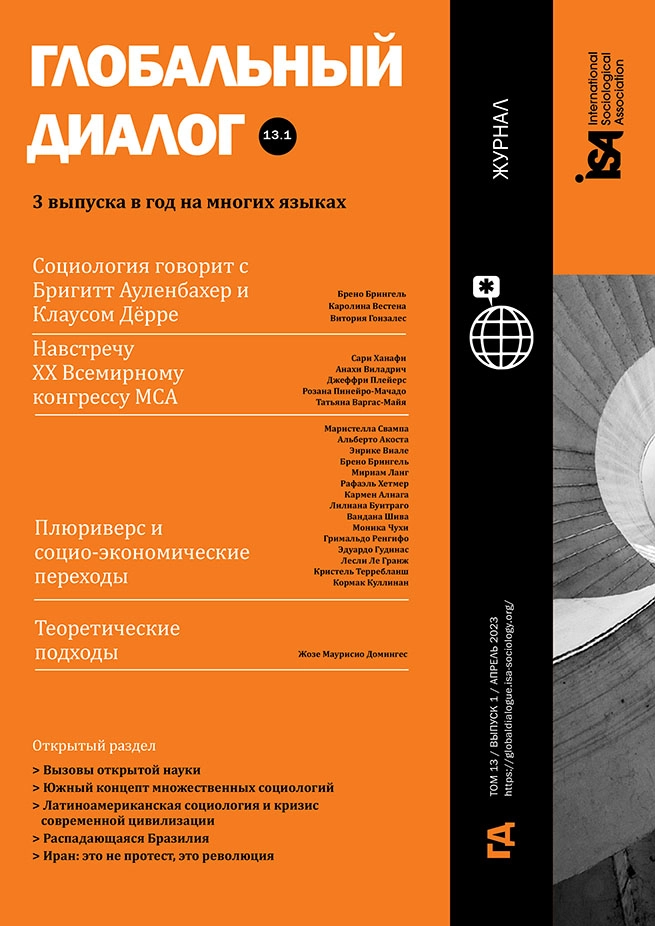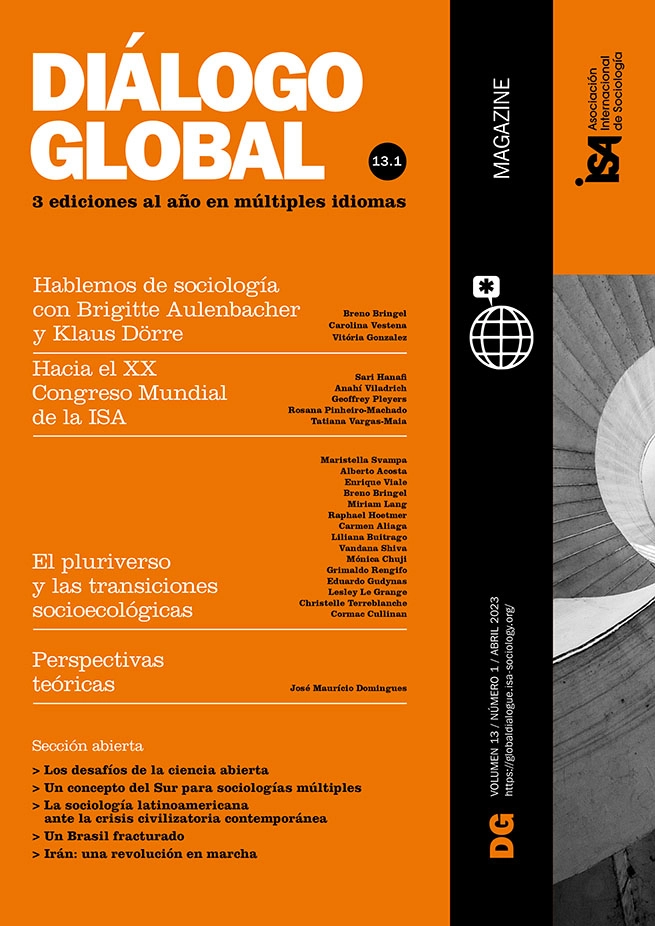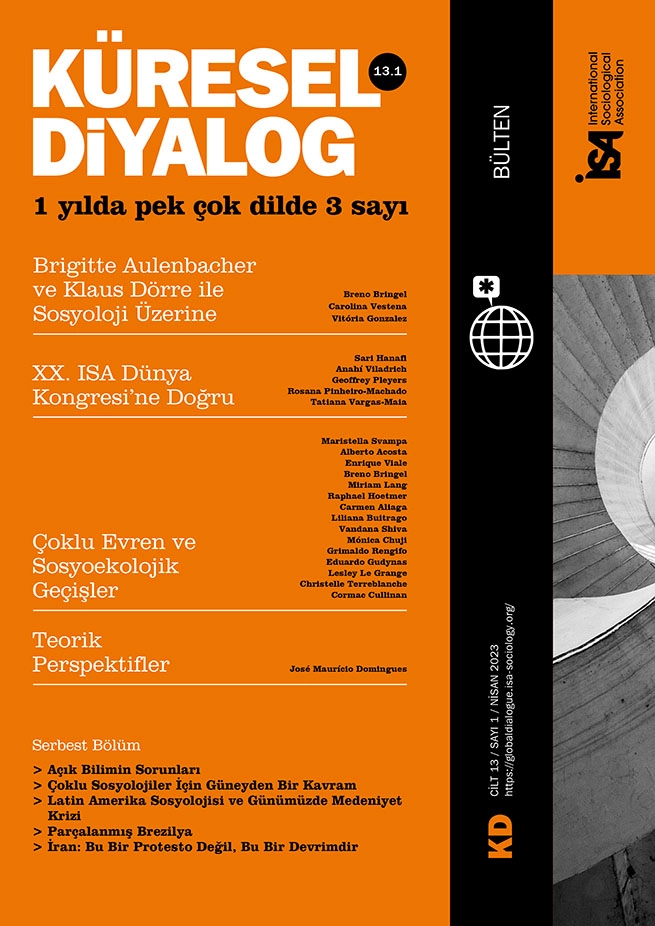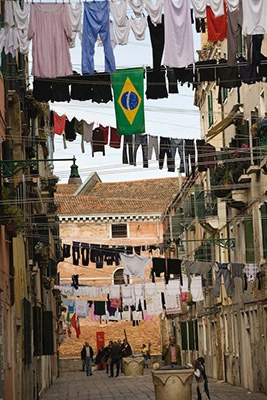The severe social fractures in Brazil are well known, but in the recent context of election dispute it is worth considering three dimensions that can help an international reader to comprehend the contradictions and challenges that the country is facing, which are at once historical, socioeconomic, and political.
The historical dimension
More than 500 years after the first missions of evangelization, the brutal impact of the slave trade and the colonial system constituted the genesis of a Brazilian elite whose imperial conception was extended to its own republican movements. After the conquest of independence, the troubled period of the empire (1882-1889) was transformed into an intense conflict between different fractions of the elite, making it impossible to carry on a true national project. The emergence of the First Republic was supported by the most conservative sectors of the governing body, still resentful of the abolition of slavery (1889), leaving out the popular classes. At the same time, the phenomenon of the “coronelismo,” associated with major landowners, strengthened a tendency that would determine Brazilian politics until the shift promoted by Getúlio Vargas in the twentieth century. In this turn, the new industrial bourgeoisie, which had expanded from the 1920s onwards, incorporated the exploitative “status” inherited from the old landlords and coffee plantation owners, and preserved the authoritarian ethos of the “coronelismo.” It is true that after the first Getúlio Vargas government (1930-1945) Brazil underwent a surge of industrialization and urbanization which propelled the nation towards progress. However, despite Getulio’s developmentalist drive on behalf of the new entrepreneurship elites, militarism continued to determine the elitist ambitions of the ruling class, culminating in the president’s suicide (1954) and later control of power by force (1964).
The socioeconomic dimension
At the socioeconomic level, the 1970s and 80s put social movements on the Brazilian political agenda, including the new trade unionism where Lula da Silva was the central figure, paving the way for the end of the military regime. The dynamics of the waves of rebellion became the engine that strengthened democracy, along with the social agenda that Lula da Silva would later put into action. Even then, the specter of a “Lulist” triumph contributed to the victory of opportunism with Collor de Mello making it possible for the rise of the (center-right) Brazilian Social-Democratic Party and Fernando Henrique Cardoso. However, after a very successful phase of government, in the context of the “Real Plan” (the financial reform that introduced the new currency), economic stagnation followed from the end of the 1990s, with high external debt and a tax policy that benefited financial capital, leading to social instability, more informal labor, low salaries and increased inequality.
The political dimension
The political dimension of contemporary Brazilian society reflects a division in which the political–electoral field is practically split down the middle. It is worth recalling some nuances of the Brazilian political system. Ideologies tend to be diluted in a regime that is presidentialist but not nominal or, in other words, there is a so-called “presidentialist coalition”: an unwritten rule in which presidential stability is largely dependent on parliamentary agreements. In the words of Professor Cicero Araujo, it is a sort of “invisible chamber” which, since the days of Fernando Henrique Cardoso, “has informally become a parallel access to the power of the state, interwoven with all the workings of official power. This includes a promiscuous relationship between political representation (at all levels) and economic power, especially that most associated with and dependent on public resources.” In addition, voting in Brazil involves several simultaneous ballots, in the case of general elections for the President, Federal Congress, State Governors, State Congress and Senate. This requires multiple negotiations with endless bargaining and transactions at summits. In other words, it is easy to manipulate the process, and this contributes to the discrediting of political parties and democracy itself.
Demonic elections
The old divisions were reflected in the recent electoral debate. In fact, more than a “debate of ideas,” it was a dispute for electoral hegemony, with one eye on tactics and coalitions, and the other on electoral polls. The antagonism of interests translated into a Manichean narrative that exerted constant pressure to demonize the main opponent. So, it was the satanic image of an enemy, projected from both sides, that positioned hate as the decisive factor in the recent campaign. Faced with the voiding of the “third way” represented by Ciro Gomes and Simone Tebet (with just 7.2% in total in the first round), Bolsonaro and Lula mobilized the grassroots and tried to attract the undecided, accusing each other of having demonic intentions against Brazil as a nation and its people. As in Europe, the spectrum of fear and resentment are used as electoral weapons these days.
Hatred and a coup avoided
Major economic interests (especially the agrobusiness sector) with the help of media, evangelical churches and digital networks (like WhatsApp), have been driven by the deep-rooted anti-Worker’s Party emotion, that turned itself into the vernacular of (class) hatred directed not only against the Workers’ Party and Lula da Silva, but against everything that could be called leftist, socialist, communist, etc. The rationality of the average and popular strata was practically exhausted by their perplexity at the impending economic decline toward misery. For this reason, Bolsonaro tried to take isolated measures to contain fuel prices (even if this meant mortgaging state public services), which nevertheless proved insufficient. Due to this, Lula da Silva did not take up too much time talking about the future. It was enough for him to recall the success of his first governments, when Brazilians – especially the poor ones – lived their “golden decade” at the beginning of the twenty-first century. The coup threat was latent for a long period in the pre-election phase, but then the main bodies of the judiciary (especially the Superior Electoral Court and its president, Alexandre de Moraes) came out as obstacles to the coup, managing to overshadow the most radical sectors of the armed forces.
Roadblocks and normalization
Finally, the strong tension in Brazilian society was revealed in the aftermath of Lula da Silva’s victory, with the defeated candidate failing to acknowledge defeat and remaining silent for more than two days after the results were announced. The reaction of the most radical social sectors, with hundreds of roadblocks on the main highways and the destruction carried out on the buildings of the three governmental powers in Brasilia at the beginning of the legislature, revealed, on the one hand, the hateful resentment against Lula’s return to the presidency in total disregard of democracy and, on the other hand, the new challenge to the judiciary system that had been unleashed. Many shapers of opinion now draw attention to the strong evidence of criminal action strategically enacted at the service of powerful forces linked to Bolsonarism. The fact that the acting president has distanced himself and called for the demobilization of truckers and protesters – albeit late and unconvincingly – calmed the most exalted spirits, while at the institutional level the preparation and beginning of the transition indicate a “normalization” that is expected to pave the way for a promising new cycle. This will be a herculean task, but not impossible.
Elísio Estanque, University of Coimbra, Portugal, and member of ISA Research Committee on Social Classes and Social Movements (RC47) <elisio.estanque@gmail.com> / Twitter: @ElisioE
Agnaldo de Sousa Barbosa, São Paulo State University, Brazil <agnaldo.barbosa@unesp.br>

